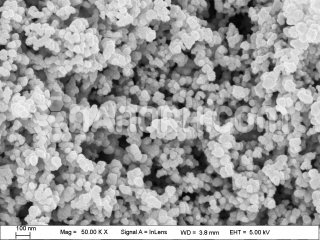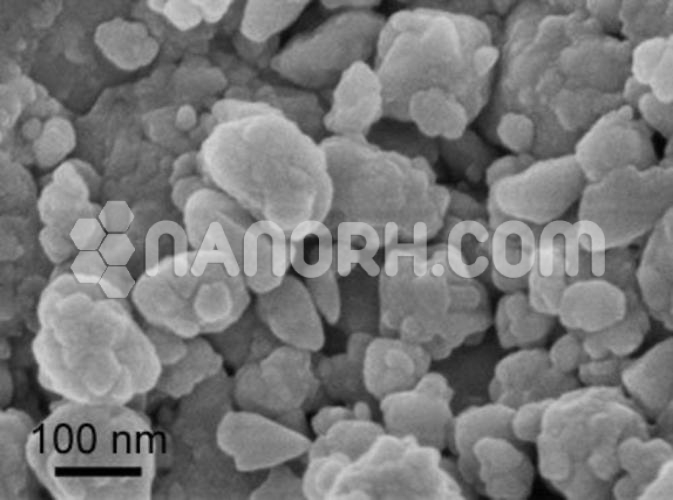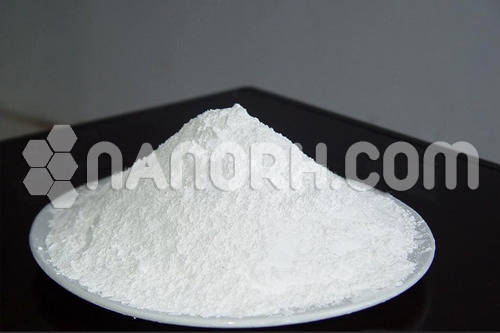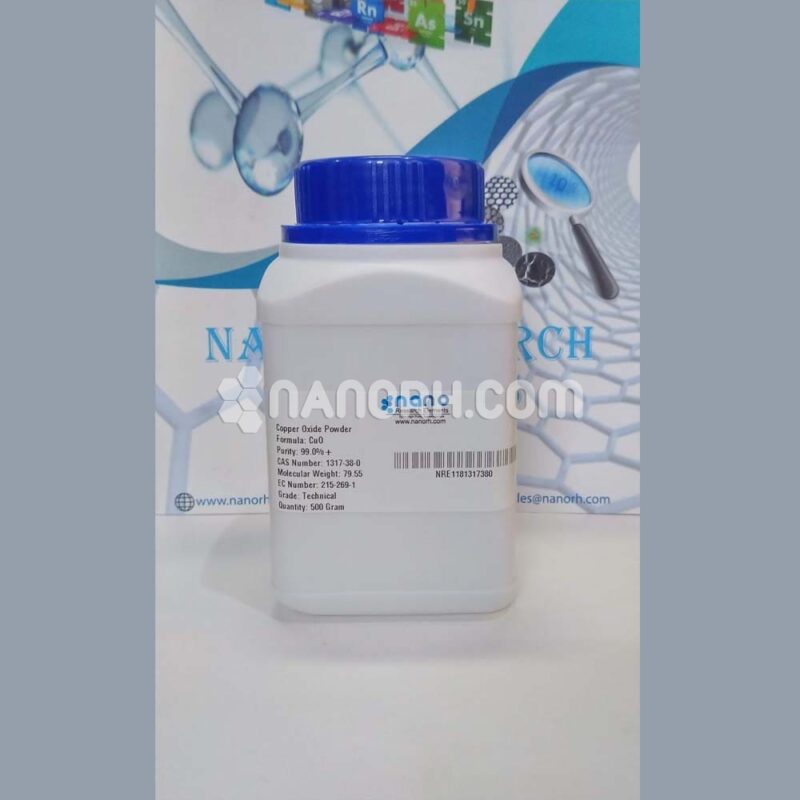Bismuth Oxide MicroPowder, Bi2O3, 800µm
Above 710 °C, melting bismuth oxide can erode or dissolve metal oxides.
The main purpose: the electronics industry; pressure-sensitive resistors; Capacitance of major doping materials; medicine; artificial bone imaging; glass;
Bismuth oxide in ceramics can increase the index of refraction of glass and significantly improve the performance of ceramic material.
| Bismuth Oxide Micro Powder | |
| Product No | NRE-10009 |
| CAS No. | 1304-76-3 |
| Formula | Bi2O3 |
| Molecular Weight | 465.96 g/mol |
| APS | 800µm(can be customized) |
| Purity | 99.9% |
| Density | 8.9 g/cm3 |
| Color | Yellow |
| Melting Point | 817°C |
| Boiling Point | 1890°C |
Bismuth Oxide MicroPowder
Above 710 ° C, the molten bismuth oxide can erode or dissolve metal oxides.
The main objective: the electronic industry; pressure-sensitive resistors; Capacity of the main anti-doping materials; medicine; images of artificial bones; glass;
Bismuth oxide micropowder can increase the refractive index of the glass and significantly improve the performance of the ceramic material.
It is the best substitute for “Lead Glaze”. Furthermore, catalysts; disinfectants; Fireproof papers and polymers; Materials with high non-linear susceptibility;
magnets; rubber; Solid electrolytes; Lead oxide substitute in glass or porcelain; Vulcanization .
Key Properties
High Chemical Stability:
Chemical Inertness: Bismuth oxide is chemically stable and resistant to corrosion under normal conditions. It does not easily react with water, acids, or most other chemicals.
Resistant to Oxidation: Bismuth oxide does not readily oxidize, which makes it suitable for use in environments where chemical stability is crucial.
High Melting Point:
Bismuth oxide has a relatively high melting point of approximately 825°C (1,517°F). This makes it useful in high-temperature applications and environments where other materials might degrade.
High Dielectric Constant:
Bismuth oxide exhibits a high dielectric constant, which means it is an excellent material for use in capacitors and other electronic components, especially where efficient electrical insulation and energy storage are required.
The dielectric properties are especially useful in devices that operate at high frequencies or in environments with varying temperatures.
Optical Properties:
Bismuth oxide has optical transparency in certain wavelengths of light, especially in the ultraviolet (UV) spectrum. This feature makes it useful in optical devices and applications involving light manipulation.
Nonlinear Optical Properties: It exhibits nonlinear optical behavior, which means it can respond to high-intensity light by altering the characteristics of the incoming light, such as frequency or polarization.
Thermal Conductivity:
Bismuth oxide has moderate thermal conductivity compared to other materials, which can be beneficial in applications that require heat management, such as in thermal barrier coatings or high-temperature thermoelectric materials.
Electrical Conductivity:
Semiconducting Properties: Bismuth oxide exhibits semiconducting behavior at certain temperatures and can conduct electricity to a small extent. This property is of interest in the development of electronic devices that combine both insulating and conducting elements.
Superconductivity in Some Forms: Certain modifications or doped versions of bismuth oxide have shown superconducting properties at relatively high temperatures (compared to other superconducting materials), especially when mixed with other elements such as copper or lanthanum.
Biocompatibility:
Non-Toxicity: Bismuth oxide is considered relatively non-toxic, especially when compared to other heavy metals. This property makes it a promising candidate for use in pharmaceuticals, cosmetics, and even medical imaging applications. However, proper care is still needed during industrial use to avoid prolonged exposure.




